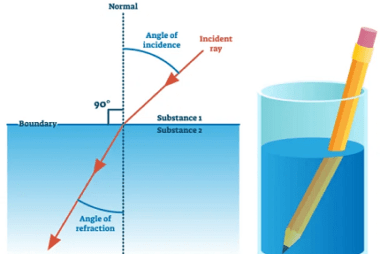Advance Course AIIMS-SYLLABUS Physics syllabus Scattering of light
Scattering of light Scattering of light refers to the phenomenon where light rays deviate from their original path due to interactions with particles or objects in its path. It occurs when light encounters objects that are smaller than the wavelength of the incident light. The scattering process can be influenced by various factors, such as…









